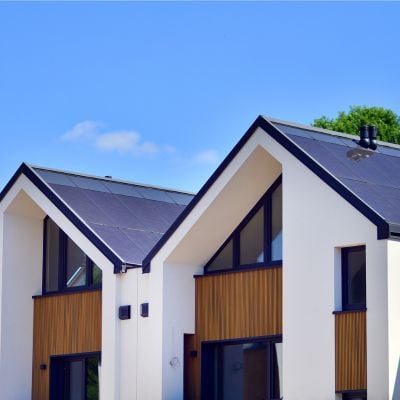How Do Second Mortgages Work?
A second mortgage is a loan taken out on a property that already has an existing mortgage. It allows homeowners to tap into the equity they’ve built up in their homes. There are two primary types of second mortgages:
Home Equity Loan: This is a lump sum loan that homeowners receive upfront, which they repay over a fixed term with a fixed interest rate. It’s often referred to as a second mortgage because it is secured by the home, just like the primary mortgage.
Home Equity Line of Credit (HELOC): HELOCs operate more like a credit card. Homeowners are given a revolving line of credit based on the equity in their home, which they can draw from as needed. The interest rates on HELOCs are usually variable, and the repayment terms can vary.
Second mortgages are subordinate to the primary mortgage, meaning that in the event of foreclosure, the primary mortgage lender is paid first. This higher risk for lenders typically results in higher interest rates for second mortgages compared to first mortgages.
Invest in real estate without the headache of being a landlord
Imagine owning a portfolio of thousands of well-managed single family rentals or a collection of cutting-edge industrial warehouses. You can now gain access to a $1B portfolio of income-producing real estate assets designed to deliver long-term growth from the comforts of your couch.
The best part? You don’t have to be a millionaire and can start investing in minutes.
Learn MorePros and cons for US Consumers
Second mortgages allow homeowners to receive an immediate cash infusion, which can be used for home improvements, debt consolidation, education expenses, or other financial needs. And since second mortgages are secured by the property, they usually come with lower interest rates than unsecured personal loans or credit cards.
There may also be tax benefits. In some cases, interest paid on a second mortgage can be tax-deductible if the funds are used for home improvements. It’s important to consult with a tax advisor to understand the specifics of your situation.
Perhaps best of all, the money from a second mortgage can be used for a wide variety of purposes, offering homeowners considerable flexibility in managing their finances.
But remember: Taking out a second mortgage increases your overall debt burden and requires careful financial management to ensure timely repayments. Second mortgages also generally come with higher interest rates and additional fees compared to primary mortgages due to the increased risk for lenders. If you default on a second mortgage, you risk losing your home – adding pressure to ensure that payments are made on time.
HELOCs come with a unique risk: Because they often have variable interest rates, loan owners can face higher payments if interest rates rise.
Call it a comeback?
The potential comeback of second mortgages, spurred by Freddie Mac’s proposal, could offer homeowners increased access to their home equity and greater financial flexibility.
But like any financial product, second mortgages come with their own set of risks. Homeowners considering this option should carefully weigh the pros and cons, consider their financial situation, and possibly consult with a financial advisor to make an informed decision.
Find the Best Mortgage Rates to Fit Your Budget
Looking for a great mortgage rate? Don’t overpay on your home loan! Get updated mortgage rates, expert insights, and tips to lock in the best deal tailored to your needs. Save on monthly payments and make homeownership more affordable. Start your journey to savings now.








